Objectives of the service

Bridge inspections are often dangerous, time-consuming, and costly, especially when accessing hard-to-reach areas such as the underside of large structures. Current methods rely heavily on manual labor, specialized vehicles, and skilled drone operators, posing safety risks and limiting inspection frequency. CAPRI addresses these challenges by developing an innovative drone-based inspection service even for environments where Global Navigation Satellite Systems (GNSS) signals are weak or unavailable.
Using a fleet of automated drones equipped with cooperative localization technologies and Artificial Intelligence (AI), CAPRI enables precise, repeatable, and safe inspections without the need for GNSS. The system includes a mission planner for automated trajectory calculation and fleet management, alongside AI-based software that detects structural defects from visual data in real time.
The project aims to reduce inspection costs and duration while increasing reliability and accessibility. It is adaptable to various bridge types and minimizes environmental and human risks. Pilot testing in the city of Turin, the service will be scalable and user-friendly, requiring no specialized drone piloting skills and offering infrastructure managers a powerful new tool for maintenance planning and safety assurance.
Users and their needs
The CAPRI solution targets user communities responsible for the inspection and maintenance of bridges and viaducts, primarily in Italy. These users include both public and private operators, as well as specialized drone service providers like Inspectiondrone and MAVTech. These service providers are actively involved in the project and will use the CAPRI system to enhance their offerings.
Key user needs:
-
Accurate inspection in GNSS-denied areas, particularly beneath bridges.
-
Reduced inspection time and operational costs without compromising safety or compliance.
-
Non-invasive methods that avoid environmental disruption or traffic interruptions.
-
Easy-to-use systems that do not require highly skilled UAV pilots.
-
Reliable localization and defect detection, especially in hard-to-access structural areas.
The main challenge is delivering a system that ensures stable and precise drone flight in GNSS-denied environments, while also providing detailed and automated inspection outputs. CAPRI addresses this through its cooperative localization system and AI-powered defect detection modules, supported by a user-friendly mission planner.
Target countries: Primarily Italy, with potential for broader European application through replication of the model.
Service/ system concept
This system enables precise, cooperative UAV navigation for bridge inspection, even in GNSS-degraded environments. A Supportive UAV with strong GNSS connectivity assists an Inspecting UAV operating in hard-to-reach or obstructed areas by sharing its accurate positioning data. The Inspecting UAV uses visual odometry to estimate its motion and short-range radio links to receive corrections, enabling robust and accurate localization during inspection tasks.

Space Added Value
The CAPRI system leverages satellite navigation technology to enable safer and more efficient bridge inspections using drones.
A key element is the use of a drone equipped with high-precision satellite positioning (GNSS with RTK) flying above the bridge, where it has full visibility of the sky. This drone acts as a mobile reference point, supporting a second drone operating beneath the bridge—an area where satellite signals are often blocked.
To ensure accurate localization even in these challenging conditions, CAPRI combines satellite data with other technologies: Ultra-Wideband (UWB) signals and Visual Odometry (VO), which tracks movement using onboard cameras. These systems work together through a sophisticated positioning method based on Factor Graphs and probabilistic algorithms, developed as part of the European Space Agency’s P2P-Positioning project.
By enabling precise and reliable drone navigation, even in GPS-denied environments, CAPRI enhances the safety, efficiency, and accuracy of structural inspections—protecting critical infrastructure while reducing the need for manual intervention in hard-to-reach or hazardous areas.






